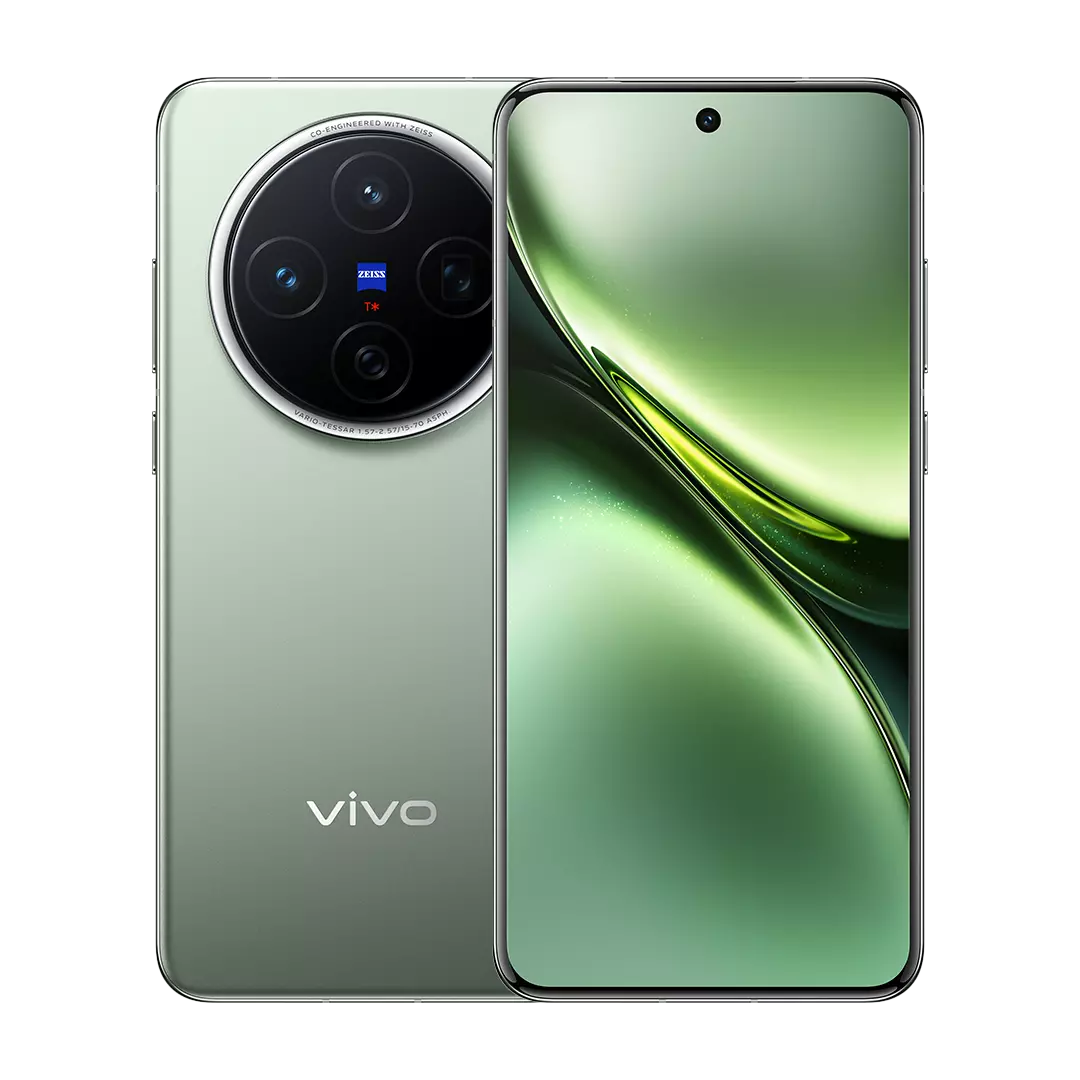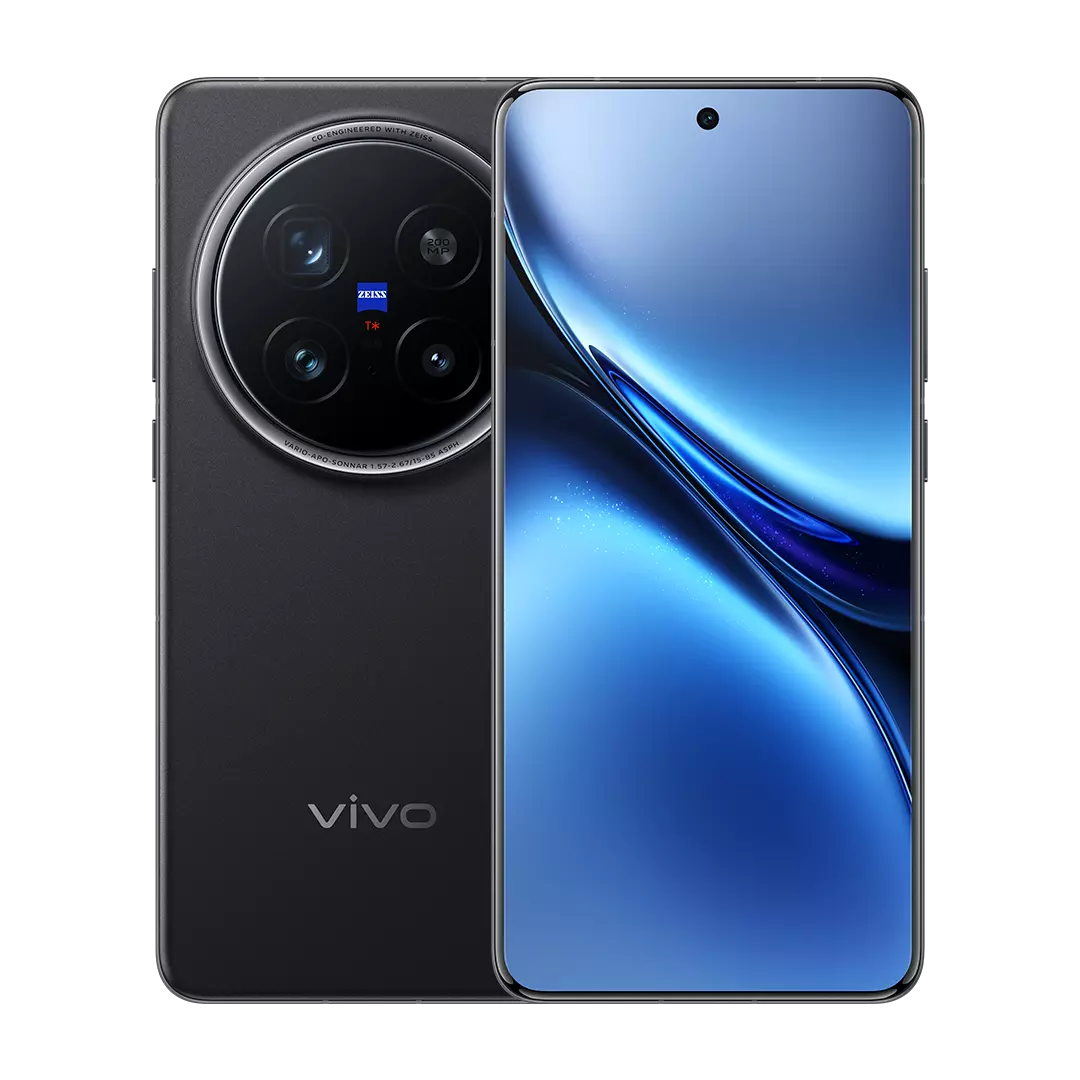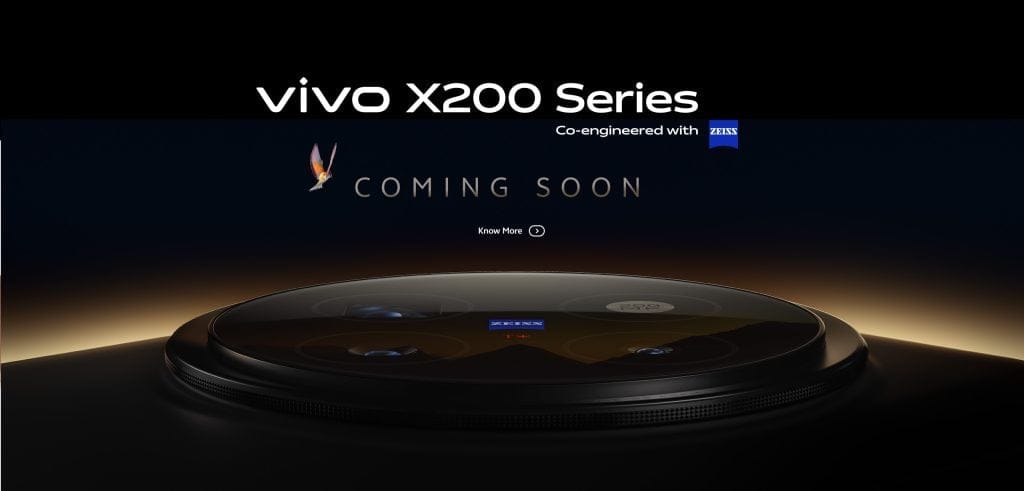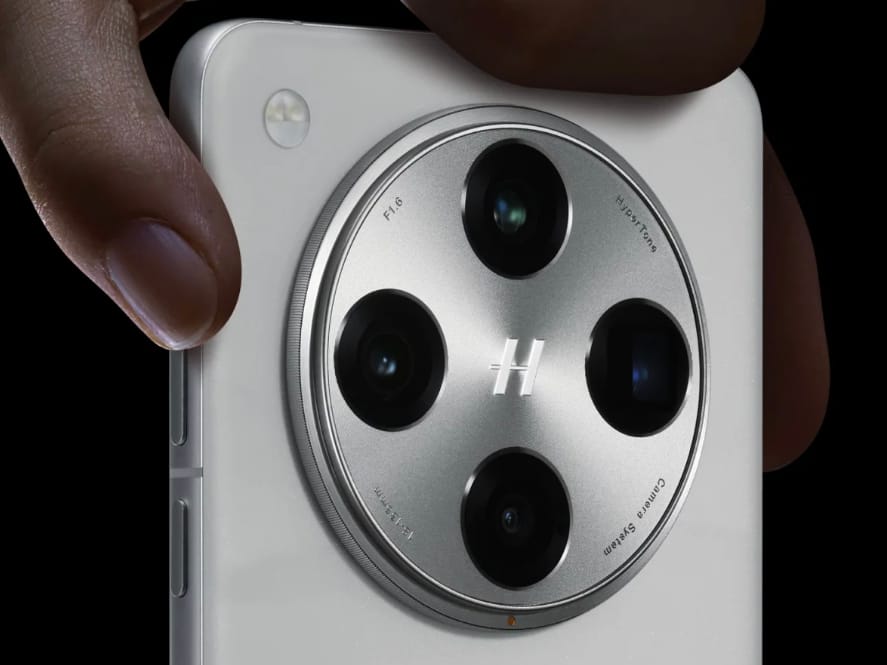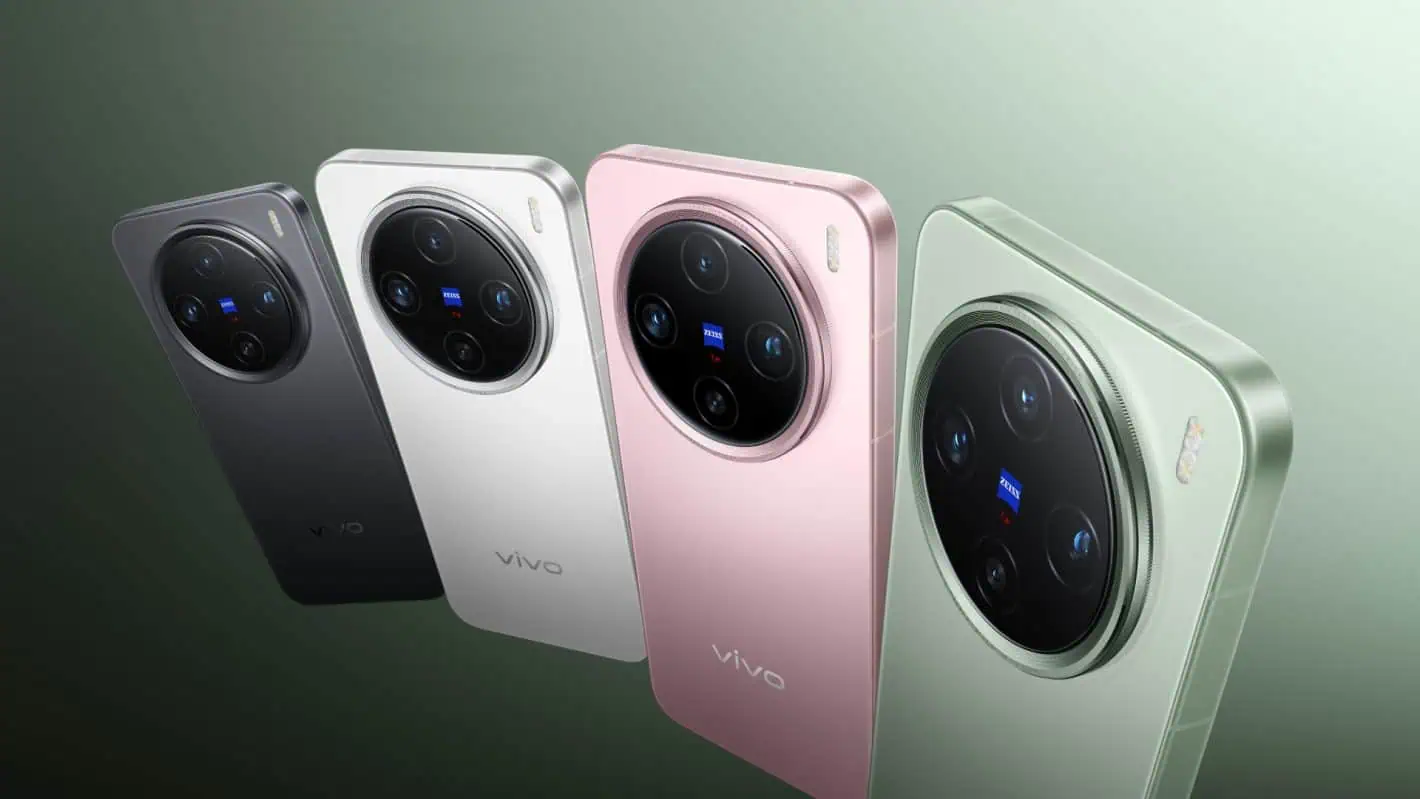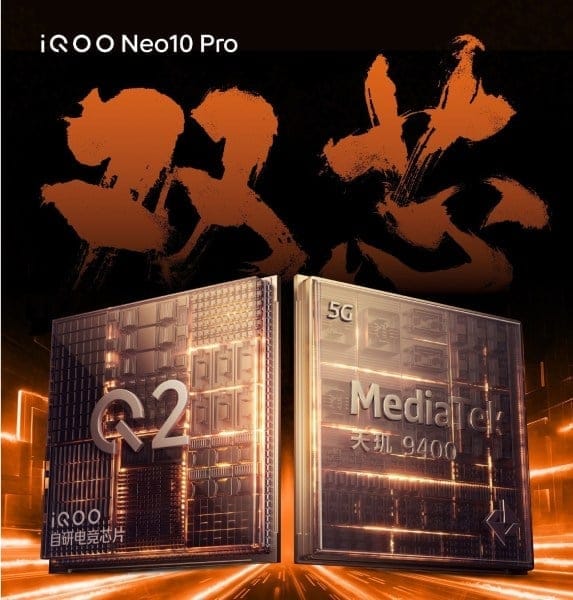MediaTek has just introduced its new Dimensity 9400 chipset, and it comes with some impressive enhancements in processing power, energy efficiency, and AI features. The chipmaker is making bold promises with this flagship chipset.
A New Era in Flagship Chips
The Dimensity 9400 competes directly with Qualcomm’s Snapdragon 8 Elite and Apple’s A18 Pro (check out our comparison between Dimensity 9400 and Snapdragon 8 Elite). But how does this latest iteration compare to its predecessor, the Dimensity 9300? And is it worth upgrading to the Dimensity 9400? Let’s take a closer look to find out.
Specifications Comparison
| Feature |
Dimensity 9400 |
Dimensity 9300 |
| Announced |
October 2024 |
November 2023 |
| Model number |
MT6991 |
MT6989 |
| Process node |
3nm |
4nm |
| Manufacturer |
TSMC |
TSMC |
| CPU |
1 x Cortex-X925 — 3.63GHz
3 x Cortex-X4 — 3.3GHz
4 x Cortex-A720 — 2.4GHz |
1 x Cortex-X4 — 3.25GHz
3 x Cortex-X4 — 2.85GHz
4 x Cortex-A720 — 2GHz |
| GPU |
Arm Immortalis-G925 MC12
MediaTek Adaptive Gaming Technology 3.0
Global illumination
MediaTek Frame Rate Converter
HyperEngine’s Super Resolution
Ray tracing support |
Arm Immortalis-G720 MC12
MediaTek HyperEngine gaming technologies
Global illumination
Ray tracing support |
| NPU |
MediaTek NPU 890 |
MediaTek APU 790 |
| Camera |
MediaTek Imagiq 1090 ISP
Up to 320MP single camera
Up to 8K/60fps video recording
Gen-AI Super Resolution
Gen-AI Super Zoom |
MediaTek Imagiq 990 ISP
Up to 320MP single camera
Up to 8K/30fps video recording |
| Memory |
LPDDR5X at 10667Mbps
Up to 24GB support |
LPDDR5T at 9600Mbps
Up to 24GB support |
| Storage |
UFS 4.0 + MCQ |
UFS 4.0 + MCQ |
| Connectivity |
Downlink: 7.3Gbps
Wi-Fi 7
Bluetooth 5.4 standard |
Downlink: 7Gbps
Wi-Fi 7
Bluetooth 5.4 standard |
Benchmark Scores
[Geekbench 6]
Geekbench is a well-known tool for evaluating CPU performance. The Dimensity 9300 scored 2,210 points in single-core and 7,478 in multi-core tests. In contrast, the Dimensity 9400 achieved a remarkable 2,876 single-core points and 8,987 multi-core points, showing clear improvements in raw CPU performance.
| Dimensity 9400 |
Dimensity 9300 |
| Single core |
2,876 |
2,210 |
| Multi core |
8,987 |
7,478 |
[AnTuTu 10]
AnTuTu assesses various device capabilities, and the Dimensity 9400 obtained over 3 million points, while the Dimensity 9300 fell short of 2 million, signifying a 59% increase for the new MediaTek chip.
| Dimensity 9400 |
Dimensity 9300 |
| AnTuTu score |
3,007,853 |
1,881,325 |
| CPU |
652,381 |
477,734 |
| GPU |
1,322,761 |
705,755 |
| Memory |
521,453 |
371,291 |
| UX |
511,258 |
326,545 |
CPU Enhancements
Like the Dimensity 9300, the 9400 features powerful CPU cores, but it utilizes TSMC’s 3nm process, boosting both performance and energy efficiency. The new chip includes a Cortex-X928 running at up to 3.63GHz, three Cortex-X4 cores at 3.3GHz, and four Cortex-A720 cores at 2.4GHz. The Dimensity 9300, on the other hand, maxes out at a Cortex-X4 core with 3.25GHz, three Cortex-X4 cores at 2.85GHz, and four Cortex-A720 cores running at 2GHz.
The addition of a high-performance Cortex-X925 CPU core in the Dimensity 9400 allows for improved single-core performance by 35% and multi-core performance by 28%. With TSMC’s advanced 3nm technology, this chip offers greater performance per milliwatt, boasting a 40% increase in power efficiency compared to its predecessor. Additionally, it features double the L2 cache and 50% more cache than the Dimensity 9300, contributing to this performance leap.
GPU Improvements
Equipped with a new 12-core Immortalis G925 GPU leveraging Arm’s fifth-generation architecture, the Dimensity 9400 delivers a 41% increase in peak performance while also being 44% more power efficient than the previous model. The enhancement in ray tracing performance is notable, with a 40% uplift. Gaming experiences are smoother as well, thanks to upgraded MediaTek HyperEngine gaming technologies like MediaTek Adaptive Gaming Technology 3.0 and MediaTek Frame Rate Converter.
Camera Upgrades
The camera features are significantly enhanced too. The new Imagiq 1090 ISP in the Dimensity 9400 allows for HDR video capture across the zoom range, a first among flagship chips. It also introduces Gen-AI Super Resolution and Gen-AI Super Zoom, which refine blocky images into sharp ones and achieve up to 100X magnification with clarity, respectively. Both chips can support 320MP resolutions, but the Dimensity 9400 can record at 8K/60fps, while the Dimensity 9300 tops out at 8K/30fps.
AI and Connectivity Advancements
AI improvements are a highlight of the Dimensity 9400. It incorporates an 8th-generation NPU that enhances on-device AI functions. This chip enables high-quality on-device video generation and LoRA training, claiming to deliver 100% faster diffusion generation and 80% quicker LLM prompt performance, with 35% better power efficiency compared to the Dimensity 9300.
Connectivity also sees upgrades, with a 50% increase in power efficiency for Wi-Fi and Bluetooth. The new 5G modem allows direct Bluetooth connections between smartphones up to 1.5km apart, and with MediaTek Xtra Range 3.0, the chip can extend Wi-Fi coverage by 30 meters. Additionally, it can cut Wi-Fi hotspot power usage by half, and memory speeds have risen to 10667Mbps from 9600Mbps.
Final Thoughts
The MediaTek Dimensity 9400 is a significant leap in CPU and GPU capabilities, making it one of the top flagship smartphone chips available. It not only competes with Apple and Qualcomm but also enhances nearly every aspect, including AI, camera capabilities, and connectivity. This chip is already featured in devices like the Vivo X200 and Find X8 series, with more flagship models expected to follow suit.
